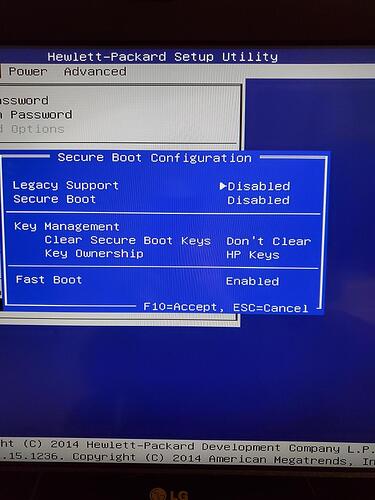Hi All,
I’m running KDE.
So tonight I decided to change the thermal paste on my computer.
The computer is nine years old and the thermal paste is original from the manufacturer. I could hear the fan spinning up more frequently and thought some new thermal paste might help. There was barely any old thermal paste left on the cpu.
I unplugged my pc, waited a few minutes before proceeding and all went well… or so I thought. Note that I did have to unplug my SSD in order to be able to remove the heat sink but promptly plugged it back in.
The next time I booted up there was no Grub menu, it booted straight into windows.
I quickly went into the BIOS and changed all the settings back to what they were and booted into my Manjaro Live USB.
I searched the forum and followed these instructions and got Grub back, well sort of, now my computer booted straight into Manjaro, no Windows 10 option.
https://wiki.manjaro.org/index.php/GRUB/Restore_the_GRUB_Bootloader
Luckily I had made a backup of my previous Grub config file and reverted to that, so now all is good except…
Now when my pc boots up, the boot up logo “HP” is much larger than it used to be and the Grub menu is also much larger. Note that when I am booted into either Manjaro or Windows the resolution is fine, I have a 1080p display.
It’s just during the boot up that the HP and then the Grub menu are huge. If I had to guess I would say that the boot up resolution is 480. Note this was happening even when my computer was booting straight into Windows.
I have no idea how to change the resolution on boot up.
Does anyone have any ideas?
My computer is an HP 600 G1 mini and I am using a Displayport to HDMI adapter (this was also unplugged when I was changing the thermal paste, I had unplugged everything)
I really liked my previous Grub menu, I had changed the background to the Manjaro wallpaper that I use and it looked great, but now, at the lower resolution, not so much.
